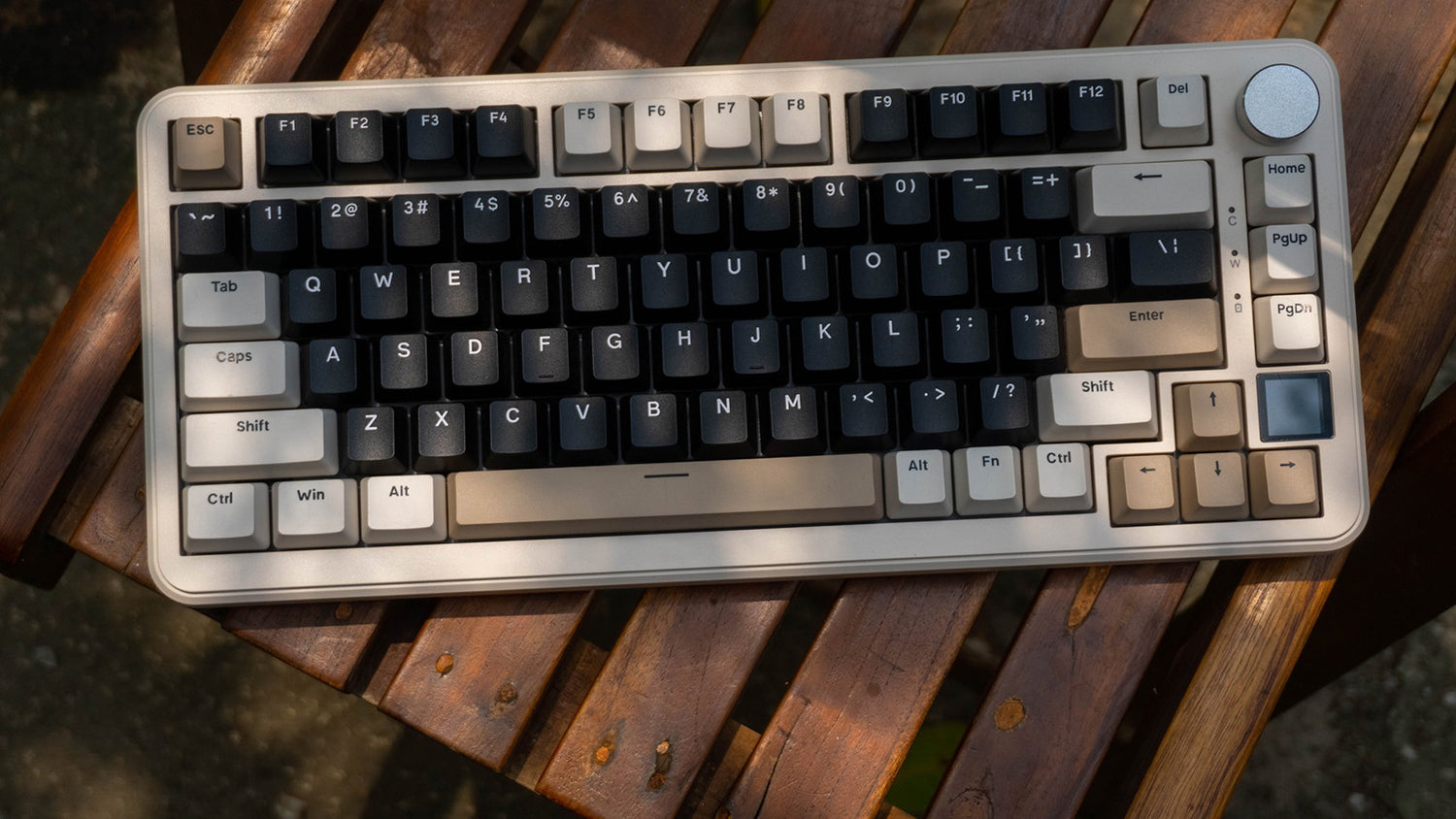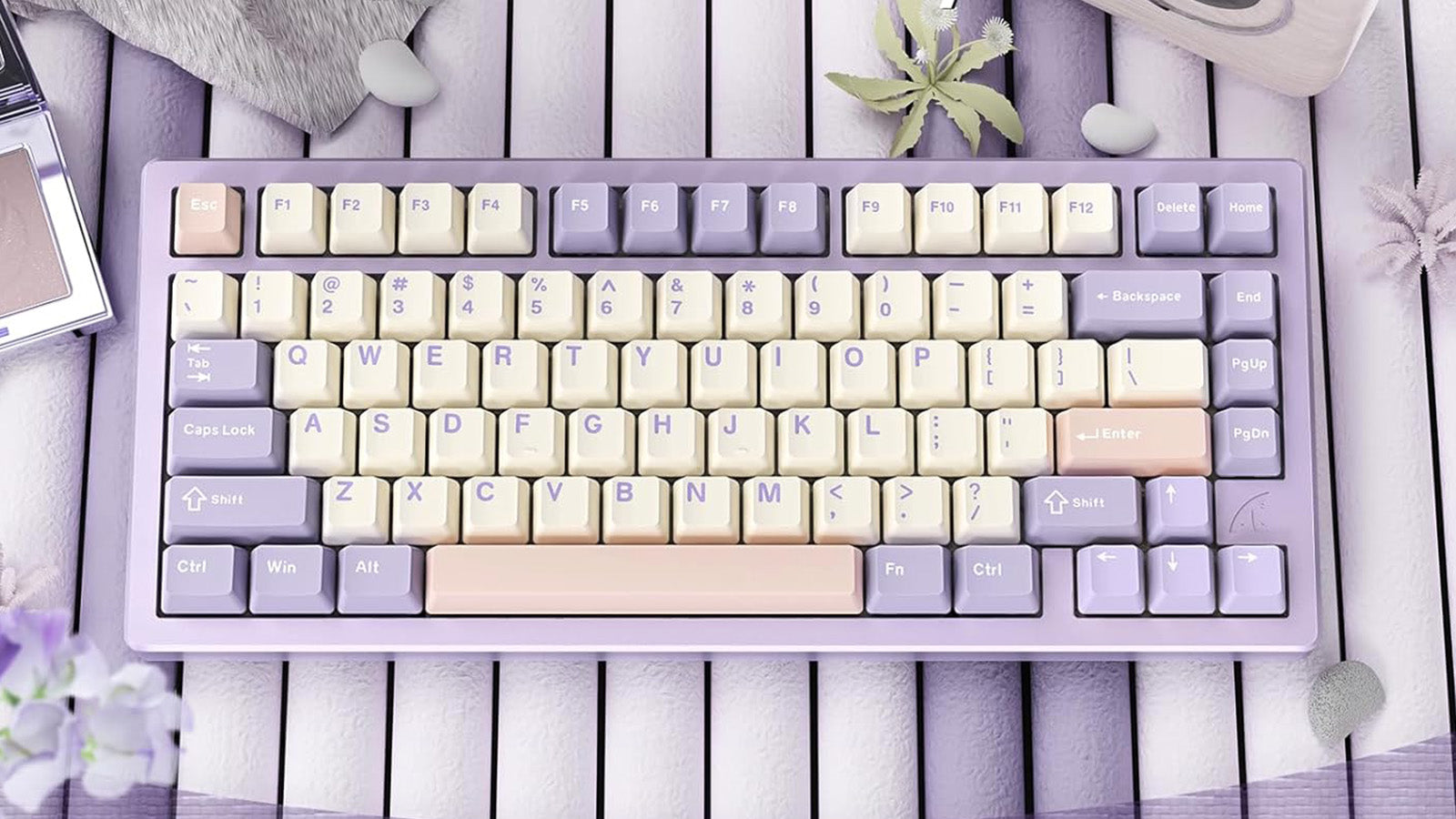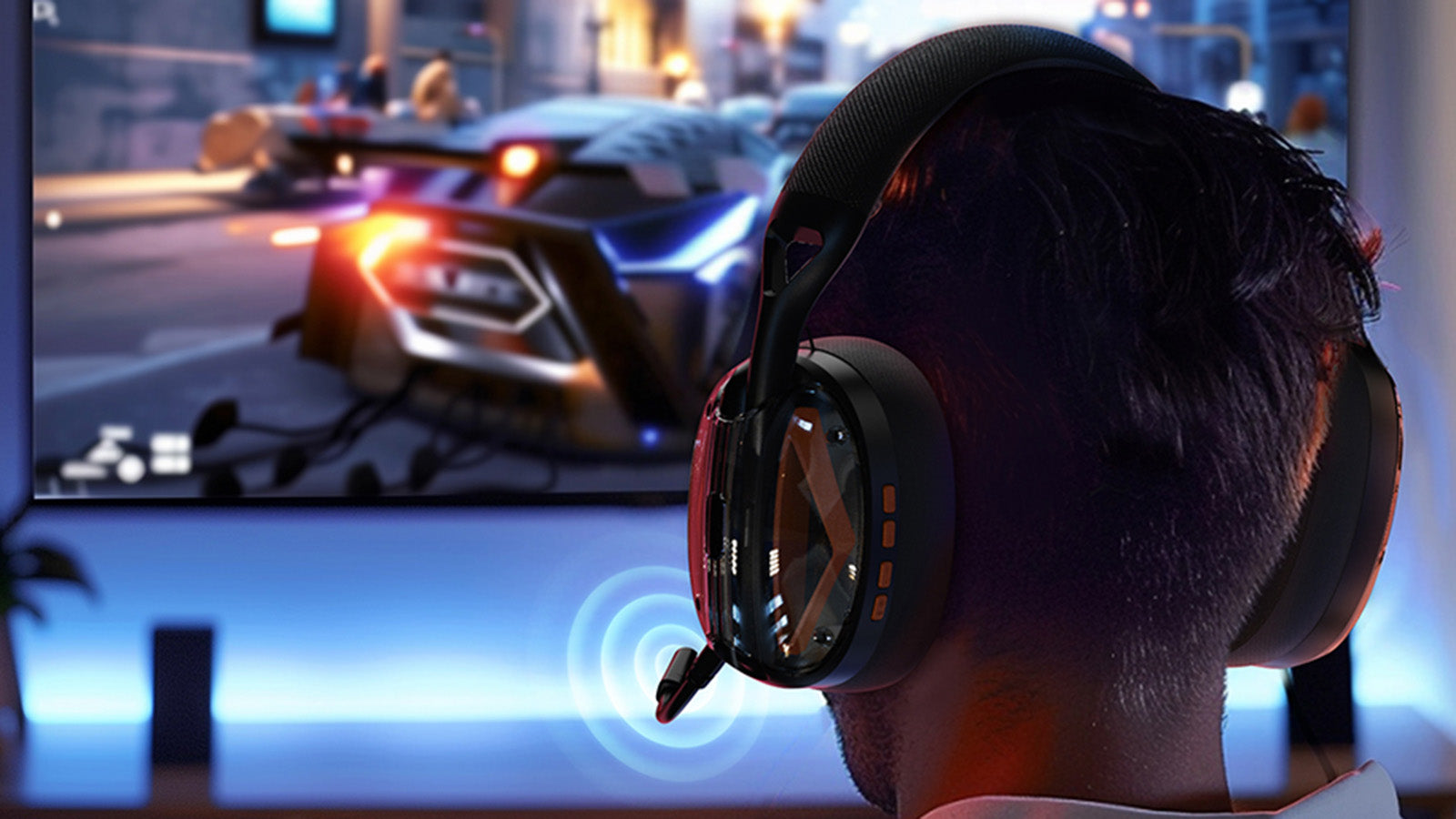Mechanical keyboards are a serious choice for gamers and anyone who spends a lot of time typing. The keys you press matter, not just for speed but also for sound. With so many options out there, it's tough to pick. Brown and red switches are two favorites, but they feel and sound different when you use them. That brings us to the big question we're all asking: Are brown switches actually noisier than red ones? This article aims to show the mechanics behind what you hear during each keystroke and provide an answer to this pressing question that resonates with every tap and click of mechanical keyboard enthusiasts.

What Makes Your Keyboard Click and Clack?
When you press a key on a mechanical keyboard, there's a whole lot going on underneath that you can't see. Each key has a switch under it, and the type of switch changes how typing feels and sounds.
How Switches Make Noise
Every switch has several parts that move when you press a key. There's a stem that goes down, a spring that pushes back against your finger, and electrical contacts that meet to send the signal to your computer. The sound comes from the stem hitting the bottom of the switch if you press hard enough and from the spring and contacts doing their part.
Tactile vs. Linear
Switches come in two main flavors: tactile and linear. And the difference between them is all about the feel.
- Tactile Switches: These have a little bump in movement that you can feel when you press the key. It tells you that the key has been pressed enough to register. Brown switches fall into this category. Because of this bump, they make a bit more noise than linear switches, but they're not as loud as clicky switches (like blues), which are designed to make a noticeable sound when activated.
- Linear Switches: Red switches are linear, which means they go straight up and down without that tactile bump. They're smoother and quieter because there's less of the bumping action that usually produces noise.
What's Actuation Force?
Another piece of the puzzle is actuation force—the amount of pressure you need to apply to get the key to register. Brown switches often need a bit more force than red ones right at that tactile point. This doesn't necessarily make them louder, but it does change how typing feels.

Which to Choose: Brown or Red Switches?
When you're in the market for a mechanical keyboard, you’ll likely come across terms like "brown switches" and "red switches." They might seem similar at a glance, but the experience of using them is as different as night and day.
Brown Switches
Brown switches are often described as the 'middle ground' in the world of keyboard switches. They offer tactile feedback, which means you can feel a slight resistance every time a key is pressed enough to register—this is your cue that the keystroke is complete without having to press the key all the way down. This feedback is great for typists who want to know exactly when a key has been pressed but don't want the loud click that some other tactile switches provide. Browns strike a balance between a soft touch and enough sound to satisfy those who need auditory feedback for their typing.
Red Switches
Red switches are linear, meaning they move straight up and down without that tactile bump that brown switches have. They're prized for this smoothness, which makes them particularly popular among gamers who require swift and quiet keystrokes. If you're looking to improve your typing speed, you might find this article on How to Type Faster and Increase Your WPM helpful.With red switches, you won’t get any tactile indication that the key has registered, which may lead to more bottoming out—that’s when you press the key all the way down, causing more noise.
For a deeper dive into choosing the perfect mechanical keyboard for your needs, check out our comprehensive guide: How to Select the Best Mechanical Keyboard: A Comprehensive Guide.

The Sound Difference
So, do these differences make brown switches louder than red ones? Well, it's not so straightforward. Browns give you that tactile feedback, which can create a bit more noise if you’re a heavy typer or if you tend to bottom out keys. Reds, on the other hand, are quieter by design because of their smooth action, but if you're someone who types hard, you might still end up with quite a bit of clatter.
In essence, the loudness can vary more with technique and touch than the switch type itself. A gentle typist might find browns almost as quiet as reds, while an aggressive typer could make red switches sound surprisingly noisy.
Brown vs. Red Switches: Keyboard Noise Measure
When trying to figure out if brown or red keyboard switches are louder, we use a special tool called a sound meter to measure the noise they make in decibels. We put this tool near the keyboard in a quiet room so other noises don't mess up the results.
How We Did It
We took two keyboards: one with brown switches and one with red. They're set up in the same way and we hit the keys gently and then harder. The sound meter tells us how loud each key press is.
The Results
For regular typing, the browns made a bit more noise, around 45-50 decibels, while the reds were closer to 40-45 decibels. That's not a big difference; it's like the sound of a quiet conversation at home. When we pressed the keys really hard, though, both got louder—browns going up to 60 decibels and reds to 55 decibels. That’s sort of like the background noise in a busy office.
So, what does this tell us? While brown switches are a tiny bit louder, it's not by much. And if you type super hard, any switch will make more noise.

How to Quieting Your Keystrokes
If your mechanical keyboard's clatter is a bit too much, there are some nifty tricks to hush it down. Whether you're using brown or red switches, here’s how to soften the sound:- Keycaps Matter: Thicker keycaps can dampen the noise. Materials like PBT plastic tend to absorb more sound than thinner ABS keycaps.
- Add O-rings: Slip tiny rubber o-rings onto the base of the keycaps; these act as cushions, softening the blow when the keys are pressed all the way down.
- Desk Mats Underneath: A desk mat doesn't just look good; it absorbs sound, too. The softer the material, the less noise when your keyboard goes tap-tap-tap.
- Keyboard Cases and Padding: A sturdier keyboard case reduces vibration and, thus, noise. You can also add foam padding inside the case for even more silence.
Finding Your Keyboard's Perfect Pitch
While brown switches might produce a whisper more noise than reds due to their tactile nature, the difference is minimal and often depends on your typing style. Our sound tests show that both switch types can be pretty close in volume during normal use, with browns just slightly ahead. However, factors like how hard you type can make any switch sound loud. If silence is golden for your workspace, take advantage of the simple tweaks available—like adding o-rings or using a desk mat—to quiet things down. Ultimately, the best keyboard is one that feels right under your fingers and doesn't disturb others around you, so consider both the objective measurements and your personal preferences when making your choice.





Leave a comment
This site is protected by hCaptcha and the hCaptcha Privacy Policy and Terms of Service apply.